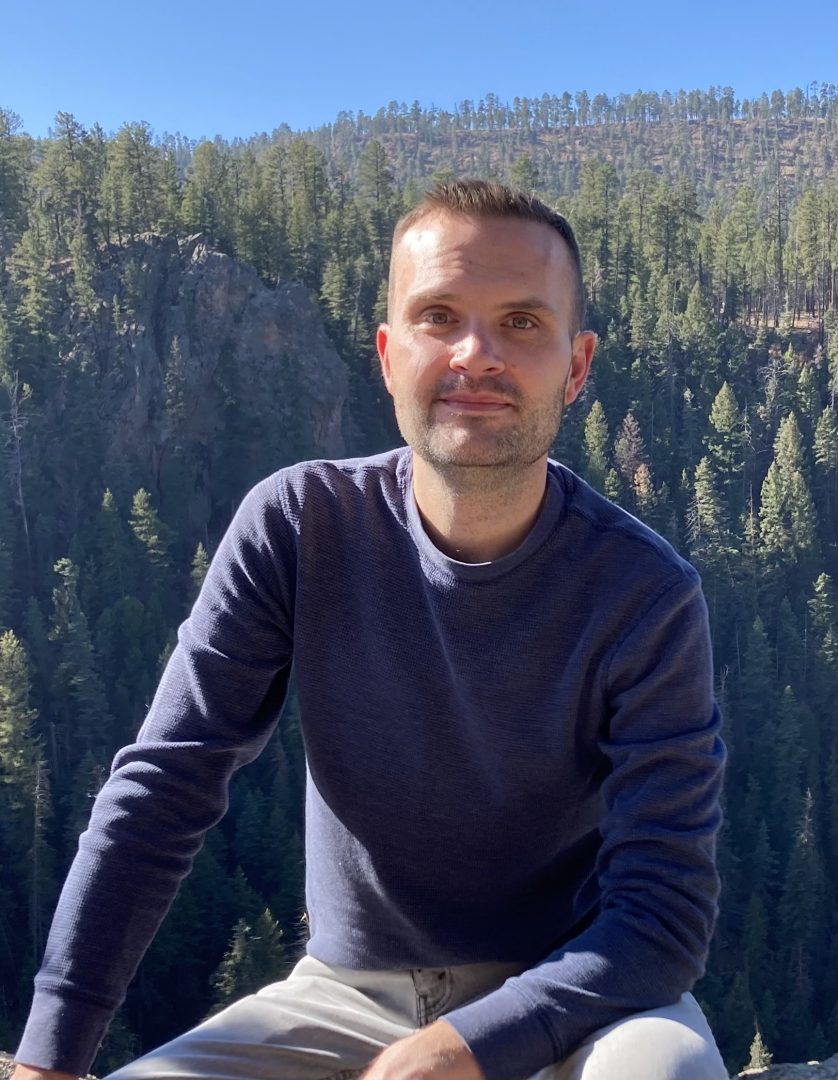Where are we now? Matt Sanborn
Catch up with Center alumni through this periodic feature!
Dr. Matthew Sanborn received his doctoral degree in 2012, from the ASU School of Earth and Space Exploration. His dissertation research in the Center (The petrogenesis of angrites and martian meteorites inferred from isotope and trace element systematics) focused on understanding the petrogenesis of angrite meteorites and deciphering magmatic processes occurring in the early Solar System, as well as further refining knowledge of the initial isotopic abundances in the early Solar System as recorded by their isotopic systematics.
 He is currently a Staff Research Scientist at Los Alamos National Laboratory, on the Clean Chemistry team in the Nuclear and Radiochemistry group. Sanborn’s current research involves using Inductively Coupled Plasma Mass Spectrometry (ICP-MS) instruments (both single and multi-collector) for nuclear forensics applications including low-level environmental analysis, analyses in support of treaty monitoring, as well as radiochemistry research and development projects.
He is currently a Staff Research Scientist at Los Alamos National Laboratory, on the Clean Chemistry team in the Nuclear and Radiochemistry group. Sanborn’s current research involves using Inductively Coupled Plasma Mass Spectrometry (ICP-MS) instruments (both single and multi-collector) for nuclear forensics applications including low-level environmental analysis, analyses in support of treaty monitoring, as well as radiochemistry research and development projects.
Prior to Los Alamos National Laboratory, he was Assistant Project Scientist at the University of California, Davis, where he investigated nucleosynthetic isotopic anomalies (e.g., Cr and Ti) and short-lived chronometers (e.g, Mn-Cr and Al-Mg) in achondrites and chondrites using Thermal Ionization Mass Spectrometry (TIMS) and ICP-MS instruments.
The main goal of this research was to utilize Cr and Ti as isotopic fingerprints to trace planetary differentiation processes and source regions for various meteorites in the early Solar System and the chronometers to elucidate timescales.
Sanborn has authored or co-authored over 35 peer-reviewed research papers in leading scientific journals, and presented his findings at academic conferences the world over.
"I have been lucky since leaving ASU to continue to collaborate with fellow CMS alumni in meteorite research." says Sanborn. "While my main work no longer focuses as much on cosmochemistry, I try to stay active in the NASA and Cosmochemistry community through collaborations and service work."